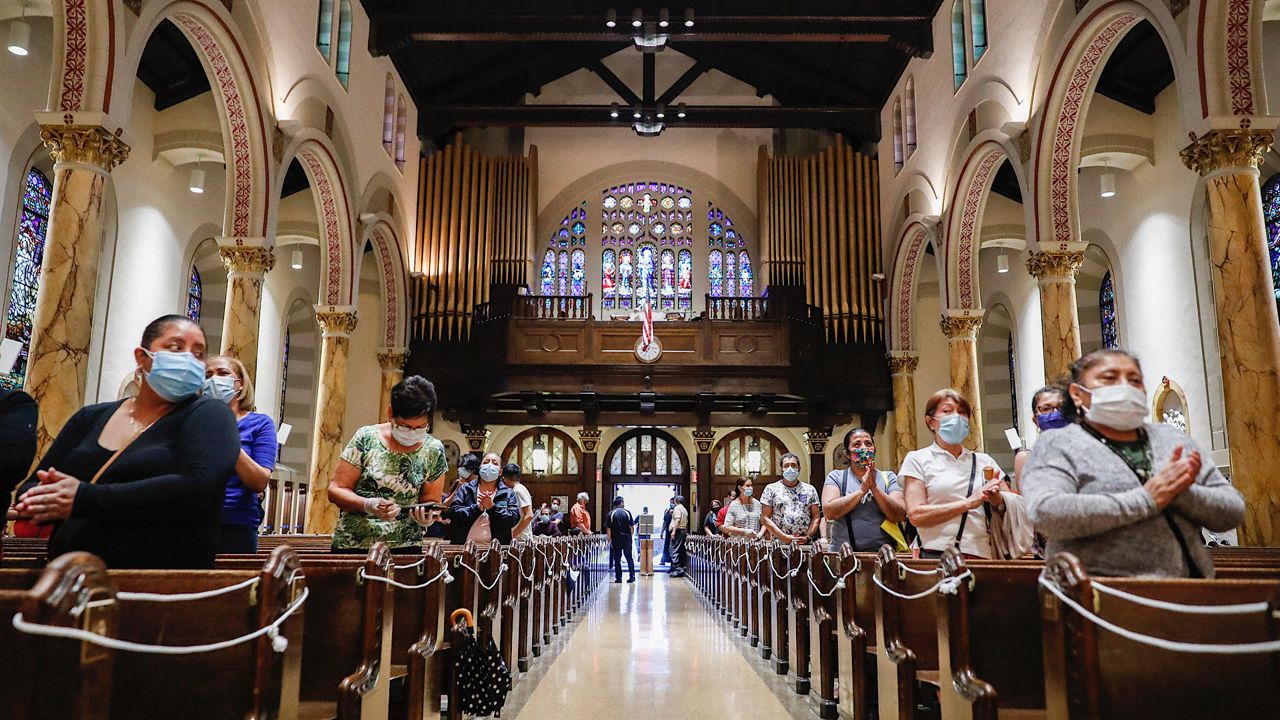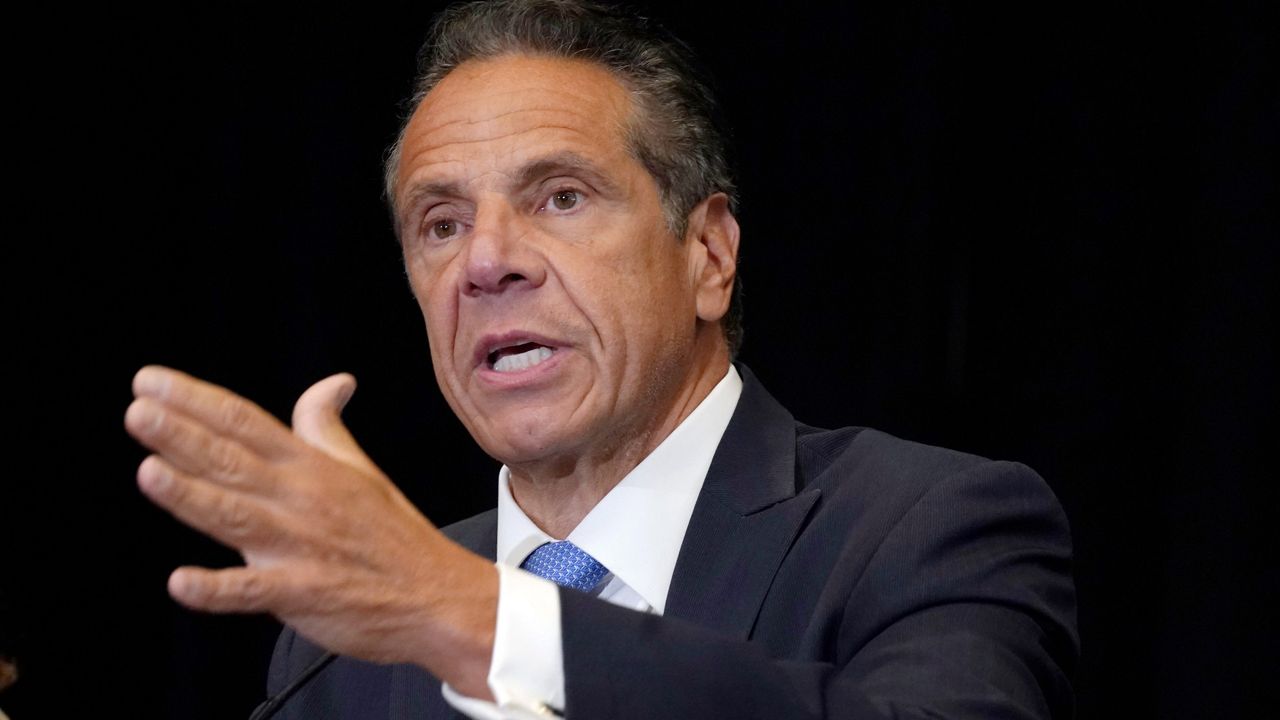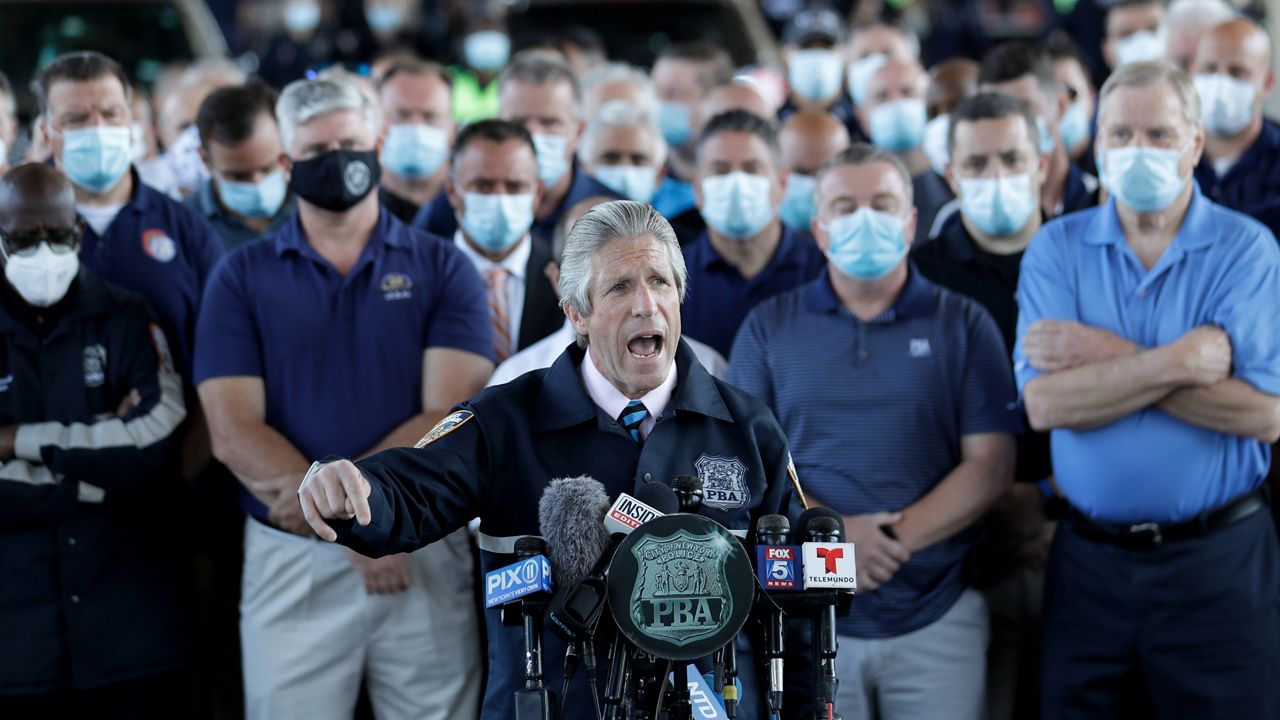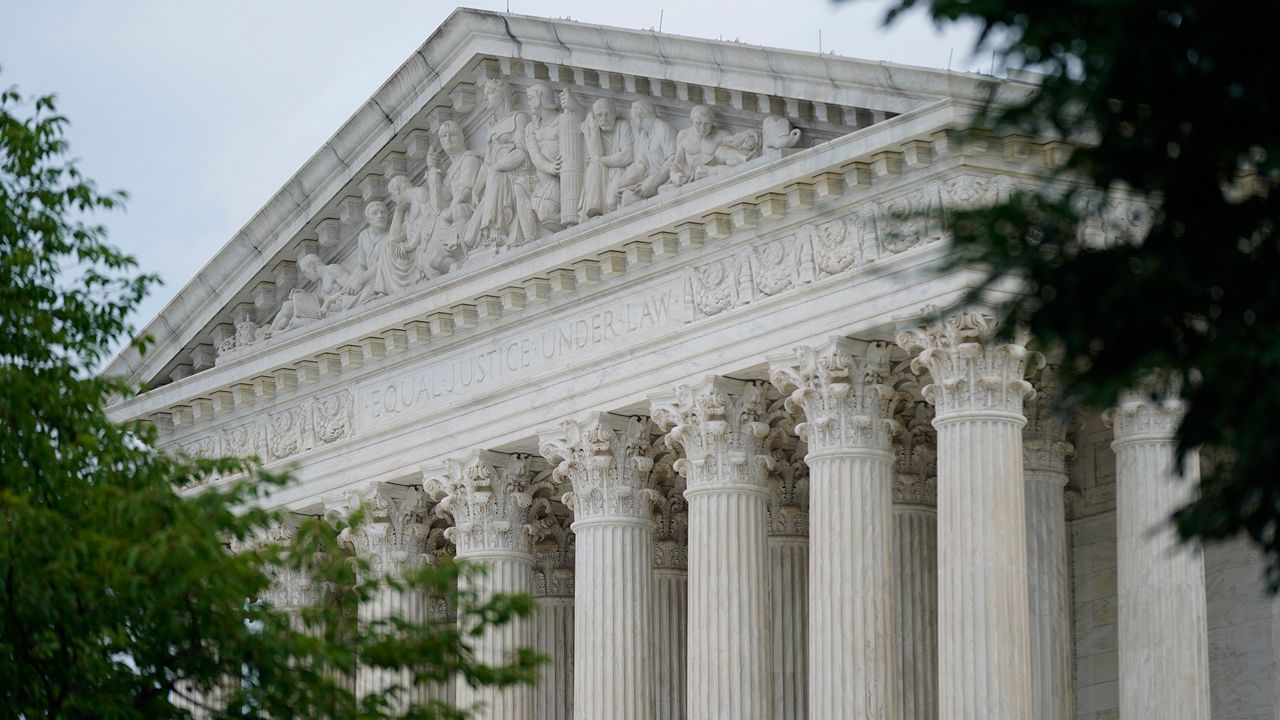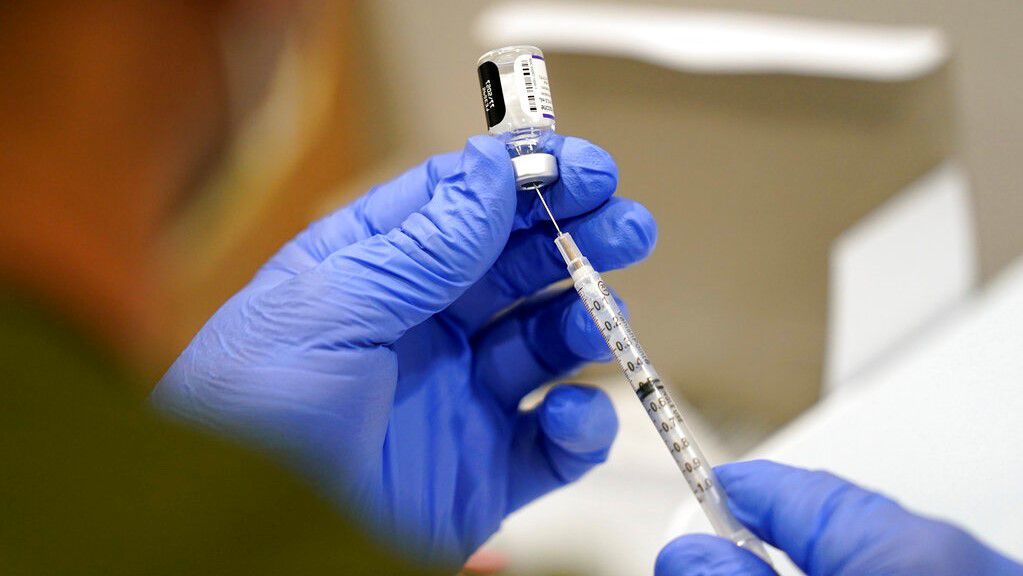When the state imposed COVID-19 restrictions in parts of Brooklyn and Queens last month, houses of worship in the so-called red zones were limited to gatherings of 10 people. Transmission had spiked in Orthodox Jewish communities. But the Catholic Church, too, was swept up in the crackdown.
"There is a discrimination against religious services, whatever the thinking is,” said Bishop Nicholas DiMarzio of the Catholic Diocese of Brooklyn. “Believing that we're a place of contagion -- that is not true."
The Brooklyn Diocese, representing churches in Brooklyn and Queens, filed suit. All sides agreed the church had taken exemplary safety precautions. But the state considers religious services non-essential, unlike grocery and liquor stores, and even big-box stores.
"We have a Target in the area. They also have no limit,” DiMarzio said. “So again, it should be on the basis of space and square footage and distancing. That should be the criteria."
But the state has argued in court papers that houses of worship get relatively favorable treatment, noting in a brief to an appellate court that "comparable secular activities, such as concerts or other events where attendees arrive and leave at the same time to congregate and mingle over an extended period of time, are completely prohibited."
Now the case’s fate is in the hands of the Supreme Court. After losing on the lower-court levels, the Brooklyn Diocese last week filed what's known an emergency application.
If the Supreme Court takes up the case, it would command tremendous attention, with all eyes on Justice Amy Coney Barrett, a devout Catholic. Her position could provide insight into how her religious beliefs will shape the court's decisions for years to come.
"She was chosen because of her religious leanings and her strong belief in the Catholic Church and her pro-life stance,” said Gloria J. Browne-Marshall, a professor of constitutional law at John Jay College, “and so I don't think that it's going to be something that she puts to the side."
In two similar cases earlier this year involving COVID-19 restrictions in California and Nevada, the Supreme Court sided against religious institutions, with Chief Justice John Roberts joining the court's liberal wing in a pair of 5-to-4 decisions. But that was before the death of Ruth Bader Ginsburg and Barrett's confirmation created a conservative majority of six to three.
Attorneys representing New York state must file a response by Wednesday. The court will then decide in the coming days whether to consider the case.
POLITICS
Catholic Leaders Sued Governor Cuomo, Now The Supreme Court May Weigh In
PUBLISHED 6:00 AM EST Nov. 18, 2020




